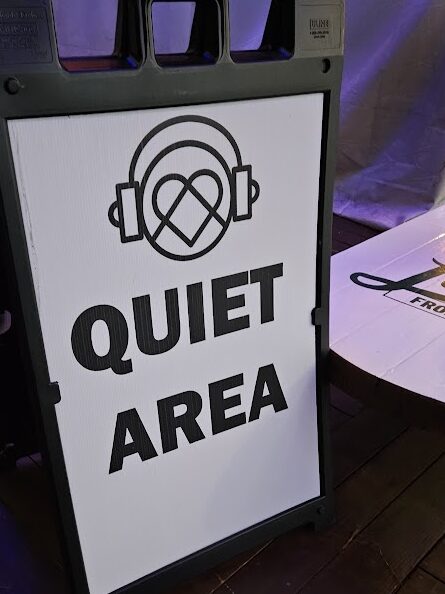I wish I could remember the exact date, but I’d been attending Wake County School Board meetings for a little while. I’d been there to support our teachers, students, and staff navigating Covid-19. I was advocating for science, for clean air, for safe returns, masks, and protections. I was consistently met with a hostility I’d never seen before at a local school board. I was preparing myself for another anti-mask tirade during public comment that day, but was met with something completely different.
As the meeting was set to begin, I noticed a woman with a copy of the book Jesus Land. I thought about walking up to her. I found that particular book thought provoking, at times difficult, but also relatable. I thought maybe I’d catch her later. I love to talk about books.
The thought of introducing myself quickly died. She clearly was sitting and chatting with the anti-masking crowd. They and others had come to the meeting to ban books including Jesus Land from our school’s libraries. I was shocked and very annoyed. When did anti-maskers turn into book banners? One day Mom’s for Liberty is talking about complete bodily autonomy and the next they want to restrict what children are reading. It wasn’t just Moms for Liberty, it was also a group who called themselves the Pavement Project. Many seemed to already know each other well from a neighborhood church. Most were elderly and clearly didn’t have kids in the school system.
I had entered a culture war that I didn’t really sign up to join. However, it was clear that there was a side not only dedicated to restrict, censor and ban books in our public school libraries, but also use their platform for hate. They tried to scare folks that there was something deeply depraved lurking in our schools. In Wake County, they used public comment at our school board to promote their hatred of Trans kids, our LGBTQ+ community with thinly veiled racist dog whistles as well. Of course sometimes the veil came off and we heard rants about divisive material and CRT. I didn’t have a choice in this new war. Silence was not an option.
The book banners are still using public comment at school boards, but their voices ring hollow here in Wake County for many reasons. First and foremost, parents have and have always had the right to control what their child reads. If you as a parent object to a book being used in an English Language Arts class, it’s a simple conversation with the teacher. Next, the vitriol, yelling and proselytizing at the school board just made those banning books seem unhinged. Finally, when in the history of mankind has book banning ever been a sign of a democratic society? One of the main reasons I hate this culture war so much is that it just feels ridiculous in my lifetime to talk about book bans.
The war isn’t over, just the battle is now at the state and federal level too. We’ve seen lawmakers do a simple search and replace in bills once called anti-CRT and now are anti-DEI. They’re hoping you don’t know the difference because it feels like they don’t either. North Carolina had a parents bill of rights in the last legislative session. In order to get it to pass, lawmakers stripped some of its extreme book ban policies out of the bill. Well, they’ve now bundled that into a new bill and are reintroducing it calling it House Bill 636 Promoting Wholesome Content for Students.
The bill would set up a committee to review all books, current and future. Just going through all the books is going to take time that our educators don’t have to spend. It would also require that materials not include any depiction of sexual activity and the bill uses the vague term “pervasively vulgar”. There is also a mechanism for parents to sue the school. We’ve seen this happen in other states and it absolutely is censorship with the purpose of erasing LGBTQ+ lived experiences from the shelves of our libraries and using that as a gateway to erasing others as well.
Many will tell you, it was never about the books. They say there are deeper forces at play. They include the destruction and privatization of our public schools, Christian Nationalism and the breakdown of the separation between church and state. Perhaps folk will mention the broader authoritarian ideals at play. However, none of that really matters to many of us with kids in public schools. We must fight the bills in front of us. I just hope you feel as I do, silence is not an option.


